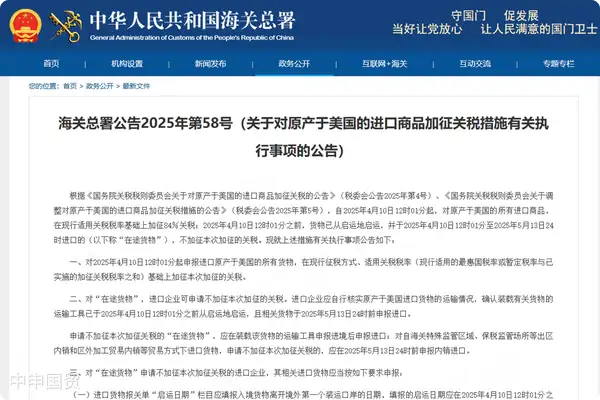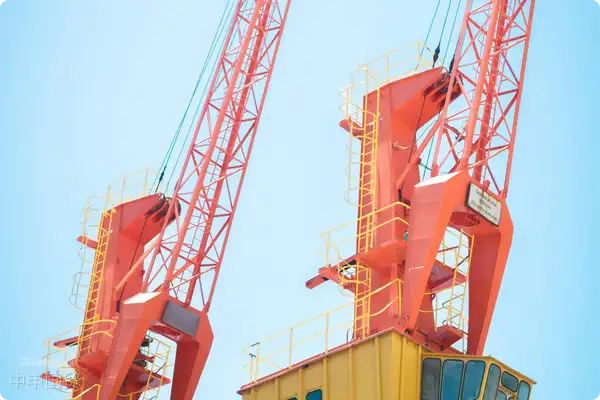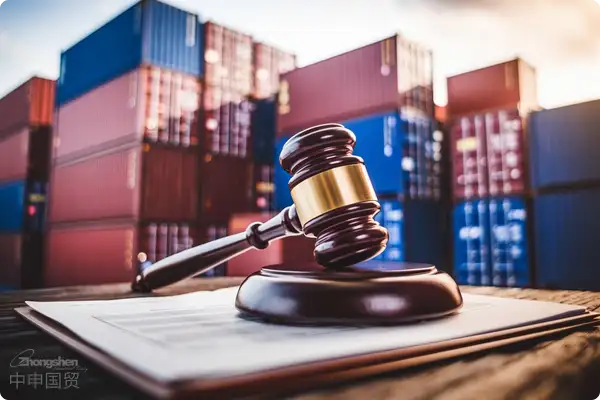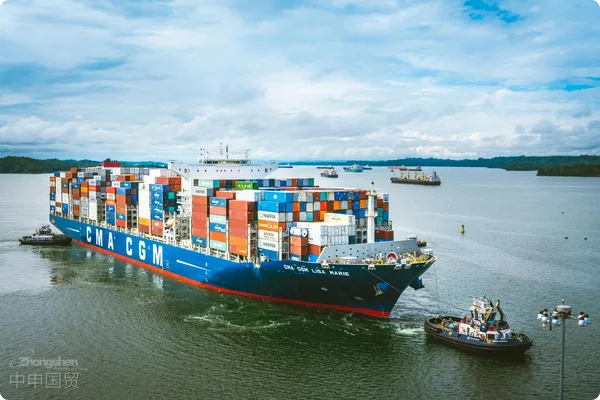- Shanghai Zhongshen International Trade Co., Ltd. - Two decades of trade agency expertise.
- Service Hotline: 139 1787 2118
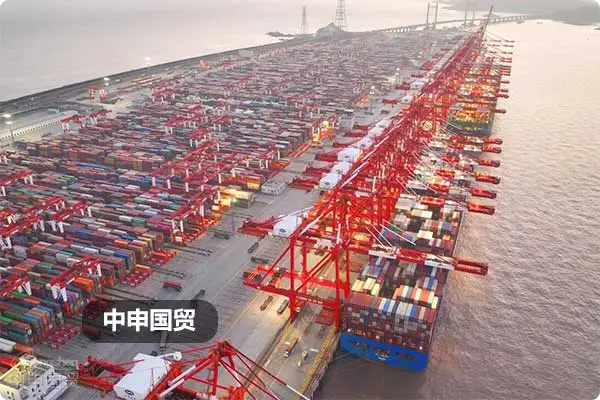
2025 Machineryequipment. For example, Indonesia has the SNI certification, Thailand has the TISI certification, and the Philippines has the BPS certification. It is necessary to confirm in advance the equipment voltage (such as 380V/50Hz in Thailand), the compatibility of the CE certification, and the proof of environmentally friendly materials.New market trends
According to the latest data from the General Administration of Customs, Chinas engineering machinery imports in the first half of 2025 increased by 18.7% year-on-year, with intelligent manufacturing equipment accounting for over 42%. As Belt and Road infrastructure projects enter equipment renewal cycles,Import Representationservices are facing three core challenges:Increasing complexity of technical certifications,Regional differentiation of tariff rules,Heightened sensitivity to logistics timeliness.
Four-Dimensional Model for Selecting High-Quality Agency Service Providers
- Accumulation of industry experience
- Completed at least 50+ similar equipment import cases
- Familiar with target country technical standard systems (such as EU CE, US UL)
- Complete qualification certifications
- Simultaneously holds both ISO9001 and AEO Advanced Certification
- Possesses special equipment import filing qualifications
- Service network coverage
- Established self-owned customs clearance teams at major ports
- Established fast customs clearance channels for RCEP member countries
- Comprehensive risk control system
- Provides tariff guarantee insurance services
- Equipped with professional HS code dispute resolution team
Four Key Stages of Import Process Management
Stage 1: Preliminary Preparation (30-45 days)
- Confirm customs classification of equipment (Pay special attention to controversial HS codes like 8413/8428/8479)
- Apply for Automatic Import License (O License) or3CCertification Exemption
- Calculate comprehensive costs (including tariffs, VAT, port miscellaneous fees, etc.)
Stage 2: Contract Execution (20-30 days)
- Review trade terms (Preferably adopt CIF+DDP combination)
- OpenL/CAdditional technical acceptance clauses required
- Arrange third-party Pre-Shipment Inspection (PSI)
Phase 3: Logistics and Customs Clearance (15-25 days)
- Key regulated equipment requires application for local inspection
- Wooden packaging must bear IPPC mark (violators face 300% penalty)
- Apply for preferential tariff rates under RCEP agreement
Phase 4: After-sales Services (Equipment Lifecycle)
- Establishment of spare parts import fast track
- Technical upgrade and transformation import filing
- Used EquipmentExport DrawbackAssistance
Typical service scenario solutions
Case 1: Import of German precision machine tools
An automotive parts manufacturer imported a five-axis machining center. The agency service provider achieved 23% comprehensive cost savings by: 1) Completing CE certification document localization in advance 2) Using classification advance rulings to avoid tariff code disputes between 8426.19 and 8458.11 3) Applying for tax exemptions on major technical equipment.
Case 2: Import of Japanese injection molding machines
For a plastic products manufacturers 2000T injection molding machine import needs, the agency team: 1) Utilized RCEP origin accumulation rules to obtain zero tariffs 2) Designed split transportation solutions to reduce oversize equipment shipping costs 3) Established bonded warehouses for after-sales maintenance parts, improving logistics efficiency by 40%.
2025 industry development trend forecast
- Widespread adoption of intelligent customs declaration systems: Customs single window clearance efficiency improved to 4 hours
- Deepening of regional trade agreements: Focus on China-ASEAN FTA 3.0 tariff reduction list
- Escalation of technical barriers: EUs new Machinery Regulation (MDR) will become mandatory in Q3 2025
It is recommended that enterprises focus on evaluating the technical documentation preparation capabilities of agency service providers in complying with EU MDR regulations when selecting them, while also paying attention to the preferential tariff policy window periods for equipment imports in Central and Eastern European countries. Professionalforeign tradeagency service providers should be able to offertechnical complianceto: Offer comprehensive after-sales service to improve customer satisfaction.comprehensive chain solutions, truly becoming strategic partners for enterprises in expanding international supply chains.
Related Recommendations
? 2025. All Rights Reserved. Shanghai ICP No. 2023007705-2  PSB Record: Shanghai No.31011502009912
PSB Record: Shanghai No.31011502009912
